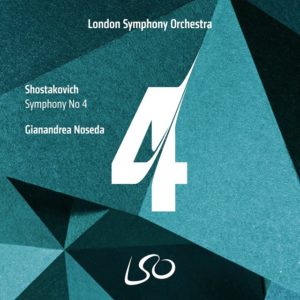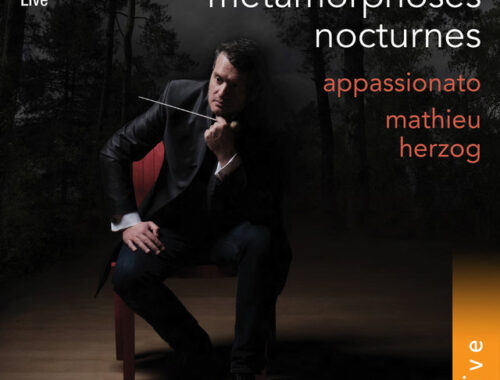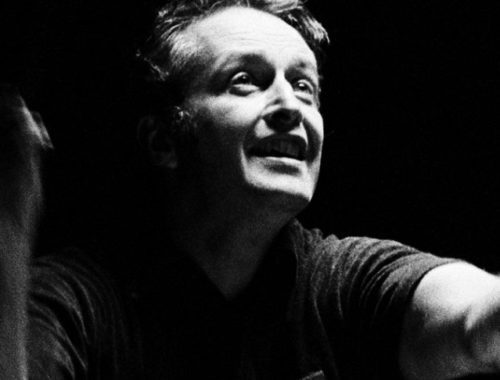GRAMOPHONE Review: Shostakovich Symphony No. 4 – London Symphony Orchestra/Noseda
 It’s the symphony that might or might not have recalibrated Shostakovich’s future and it’s still one of the trickiest to pull off in performance. Noseda meets it halfway – which makes for plusses and minuses. His LSO Live performance doesn’t get off to a particularly arresting start. This cynical off-kilter march – which I always think of as a malevolent distant relative of the Mahler Third opening – arrives with malice aforethought but with punches pulled. It seems to me slightly apologetic of its ugly demeanour.
It’s the symphony that might or might not have recalibrated Shostakovich’s future and it’s still one of the trickiest to pull off in performance. Noseda meets it halfway – which makes for plusses and minuses. His LSO Live performance doesn’t get off to a particularly arresting start. This cynical off-kilter march – which I always think of as a malevolent distant relative of the Mahler Third opening – arrives with malice aforethought but with punches pulled. It seems to me slightly apologetic of its ugly demeanour.
The trick with this piece is surely to honour its skewed, even obtuse, way with form and development (both of which are deceptively present) and still convey its renegade spirit – a sense of the seemingly random and irrational. The way it zips off on unpredictable and unexpected tangents is integral to its originality. It resolutely refuses to offer the listener ‘signposts’ designed to point the way through its thinly disguised sonata form. To his credit Noseda seeks to convey forward movement in a piece that sometimes feels like it’s facing the wrong way but in doing so I do wonder if he slightly undermines Shostakovich’s attempts to wrong-foot us.
There are exceptions. Sometimes the shock-tactics really come off the page. So startling and extreme is the tempo for the inexplicable string fugue of the first movement development that it catches even the LSO off-guard. They aren’t quite ready for it. Reckless in intention and effect.
I wonder if the short (almost attacca) pauses between movements was Noseda’s idea? I think we need a moment or two of reflection after the shadowy coda of the first movement before we enter the equally shadowy world of the ghostly scherzo. But I see his point. The brittle clickety-click of percussion (not quite as cleanly delineated as it might be) just before the close became an unsettling leitmotif for Shostakovich throughout his career (used in the Second Cello Concerto and Fifteenth Symphony) and demonstrates the importance of this symphony for the composer. The clock was ticking.
For the rest, the circus-like diversions in the finale hit the right note of sarcasm in the work of the LSO’s principal trombone and I love the way the subverted triumph of the final climax emerges so ferociously in tattooing timpani from all this false jollification. If ever there was a depiction in sound of grotesque self-aggrandisement this is it. Small wonder Stalin was no fan.
You May Also Like

GRAMOPHONE: From Where I Sit – January 2021
27/01/2021
GRAMOPHONE Review: Métamorphoses Nocturnes (Strauss/Respighi/Schoenberg) – Appassionato/Herzog
21/02/2022

